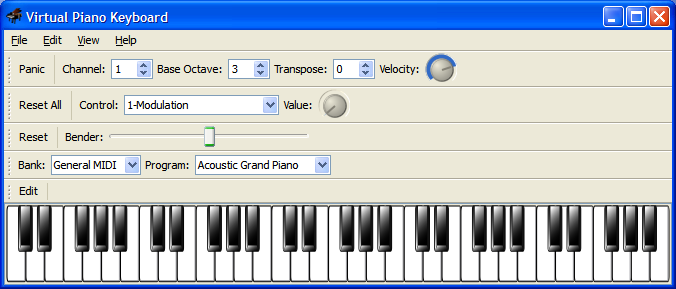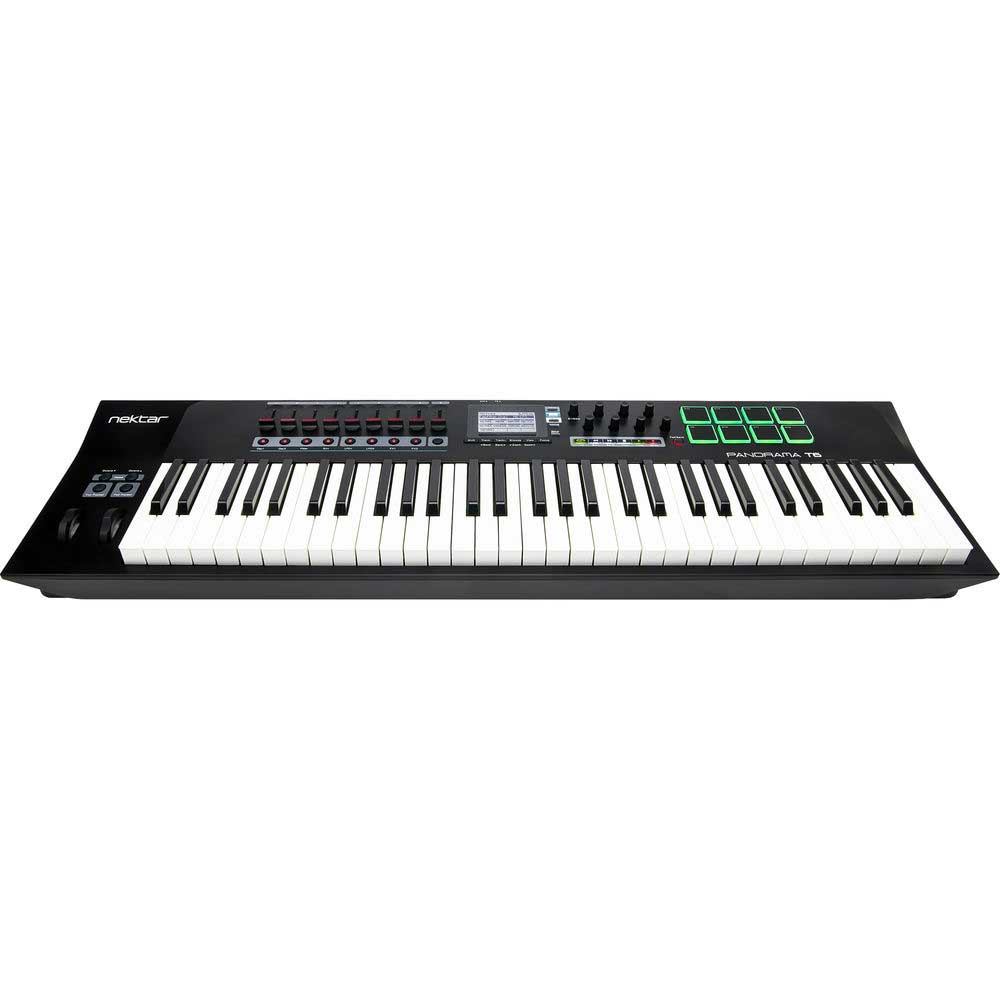

What notes are to be played, and with what velocity. They tell your sound module or synthesizer what to play. The shapes are the visual representation of the data that you transmitted in your take. (MIDI message as displayed in the piano roll)

If you play them back you hear audio, but you only see these shapes. Open the piano roll in your session and you’ll see a bunch of rectangles.

But instead of seeing an audio file in ProTools like a guitar track, you’ll see a midi track. You’ll record your take live, and nail it on the first shot (well done!). This could be the stock sounds that come with your Digital Audio Workstation (DAW- Like ProTools), or a plug-in like Waves.

The sound module will contain the synthesized music sounds. MIDI keyboard > Computer (via interface) > Sound Module in Computer Here is a very common signal flow for your MIDI keyboard. Picture yourself recording a piano part for your upcoming thrash metal/jazz fusion band’s debut release. They’re devices telling something what to do. The MIDI controller (footswitch or keyboard alike) can’t receive data, it can only send it. This could be a MIDI controller sending commands to change the channel on a guitar amp, or a MIDI keyboard sending musical information to a synthesizer or sound module. In its essence, MIDI is a communication protocol allowing two devices to communicate digitally. Communication With a Device or Controller This is a testament to the joint efforts to create and maintain the standard, and how well it actually works. It’s THE standard for digital communication for and between electronic musical instruments, and communicating musical information between these instruments and computers/software. It’s important to note that no one owns MIDI. In 1985, the MIDI Manufacturers Association ( MMA) was founded by the companies behind MIDI to create and enhance these standards. This opened a new sonic realm for live and studio performances. Multiple sounds and textures with one key strike. You’d play a key on one, and they all would play that note. (The first useful application was connecting multiple synthesizers. This standard was called the MIDI Standard ( Musical Instrument Digital Interface Standard), and was unveiled at the 1983 Winter NAMM show. Seeing this as a potential roadblock for the growth of the industry, and wanting to increase the capabilities of these instruments, several founders of companies like Roland, Yamaha, and Moog (just to name a few) got together to develop a standardized method of communication between devices. They had their own protocols for how the synthesizer responded to the keys being triggered, and used proprietary inputs and cables. You couldn’t take sounds from one and use it on another.Ī big part of the reason for this is there were multiple data interchange interfaces (basically, pre-MIDI functionality like the Digital Control Bus and CV/gate). In the early 1980’s there was a flood of electronic musical instruments, mostly synthesizers, but no way to synchronize these instruments if they were from different companies. What is MIDI? ( M usical I nstrument D igital I nterface Standard) But first let’s talk about what MIDI actually is. Actually, songwriting and composition wouldn’t be the same without MIDI. Especially something that’s had such an impact on the musical equipment industry. Why is that? It could be the same reason we just expect on our mini-miracle known as a smart phone to do tasks that were incredibly impossible 10 years ago: When something works, we don’t typically question it.īut there is a lot of value in understanding how something works. Understanding How MIDI Works and Why It’s So Greatįor musicians, MIDI has been one of the greatest under-appreciated technologies. That speaks volumes to the reliability and relevance of 36-year-old technology. You take a MIDI controller, like a footswitch or a keyboard, plug it into a MIDI equipped amp or sound module (on your computer via an interface or an outboard unit), and it magically works. And while the technical functionality is complicated, the practical application is very easy. Even though it’s been THE industry standard for 36+ years, and many musicians use it in one application or another, it’s still a hard concept to wrap our heads around. It’s not just you, MIDI is a complicated topic.


 0 kommentar(er)
0 kommentar(er)
